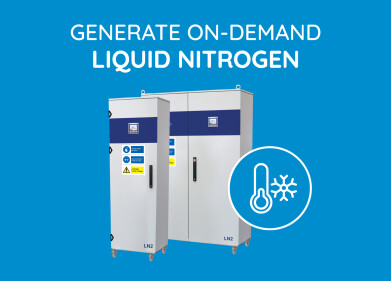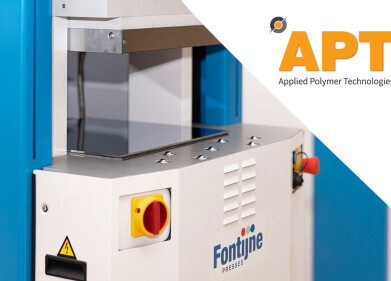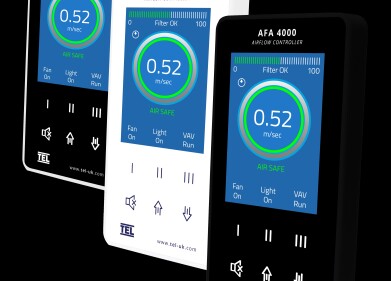Laboratory products
How Should Laboratory Hot Plates Be Cleaned?
Aug 29 2022
Purpose-built for scientific applications, laboratory hot plates provide constant and even heat distribution. They’re resistant to chemicals and usually feature durable ceramic or aluminium alloy surfaces that won’t crack, chip or degrade.
Like other laboratory equipment such as NucleoSpin® RNA and DNA extraction and purification kits, cleaning hot plates calls for a specialist approach. This helps maintain good hygiene in laboratories and extends the operational lifespan of hot plates, which can be a major expense for laboratories. Clean and contaminant-free hot plates are also critical to the accuracy, precision and repeatability of results. Even small amounts of debris can affect heat distribution and jeopardise the integrity of data. Furthermore, establishing good cleaning protocols is an important part of improving safety in the laboratory.
Below, we take a closer look at how laboratory hot plates should be cleaned.
Cleaning ceramic lab hot plates
- Use a scraper to remove spills and burnt-on deposits from the top of the hot plate. This can be done while the plate is still hot. A plastic scraper is ideal as it won’t scratch the ceramic surface. If using a metal scraper, be sure to wear an insulated mitt.
- After the hot plate has cooled, use a damp paper towel to apply a small amount of non-abrasive cleaner to the surface. A few dabs should be sufficient. Wipe clean using the paper towel. This should remove any remaining debris.
- Use a paper towel to wipe clean with water, then dry.
Cleaning aluminium lab hot plates
- Use a damp cloth soaked in warm water and soap to remove loose dirt, dust and debris.
- A wooden spatula can be used to siphon off dried or burnt-on deposits.
- A mix of vinegar and water can be used to remove stubborn spills and stains. Dip a clean cloth into the mixture, then gently rub to loosen debris.
- Avoid using abrasive cleaners and metal pads on aluminium hot plates as these can scratch the metal surface.
The above are general guidelines and it’s important to remember that every laboratory hot plate is different. Cleaning protocols vary depending on the model and make. For best results, always refer to the manual or check directly with the manufacturer.
Pay attention to warning lights
Most laboratory hot plates are equipped with warning lights that flash when temperatures exceed 50°C. Unless burnt-on debris is easier to remove while hot, the cleaning process shouldn’t start until the plate has cooled. The hot plate should also be unplugged before cleaning begins.
Hot plates aren’t the only hygiene concern in scientific laboratories. Find out more about best-practice methods for cleaning specialised glassware, mortar and pestles, high-traffic surfaces and more in ‘Laboratory Hygiene - A Comprehensive Guide.’
Digital Edition
Lab Asia 31.6 Dec 2024
December 2024
Chromatography Articles - Sustainable chromatography: Embracing software for greener methods Mass Spectrometry & Spectroscopy Articles - Solving industry challenges for phosphorus containi...
View all digital editions
Events
Jan 22 2025 Tokyo, Japan
Jan 22 2025 Birmingham, UK
Jan 25 2025 San Diego, CA, USA
Jan 27 2025 Dubai, UAE
Jan 29 2025 Tokyo, Japan
.jpg)


















